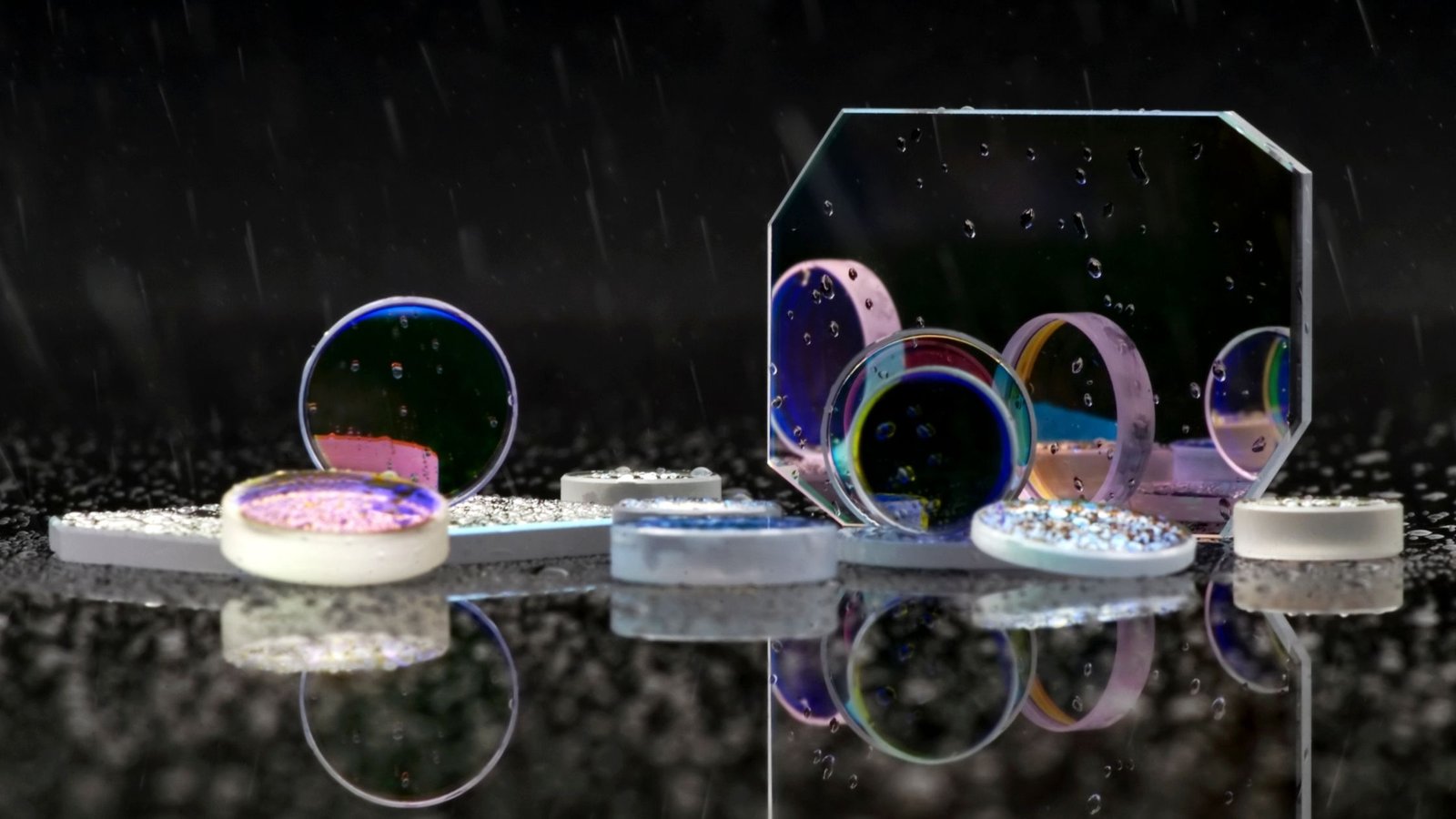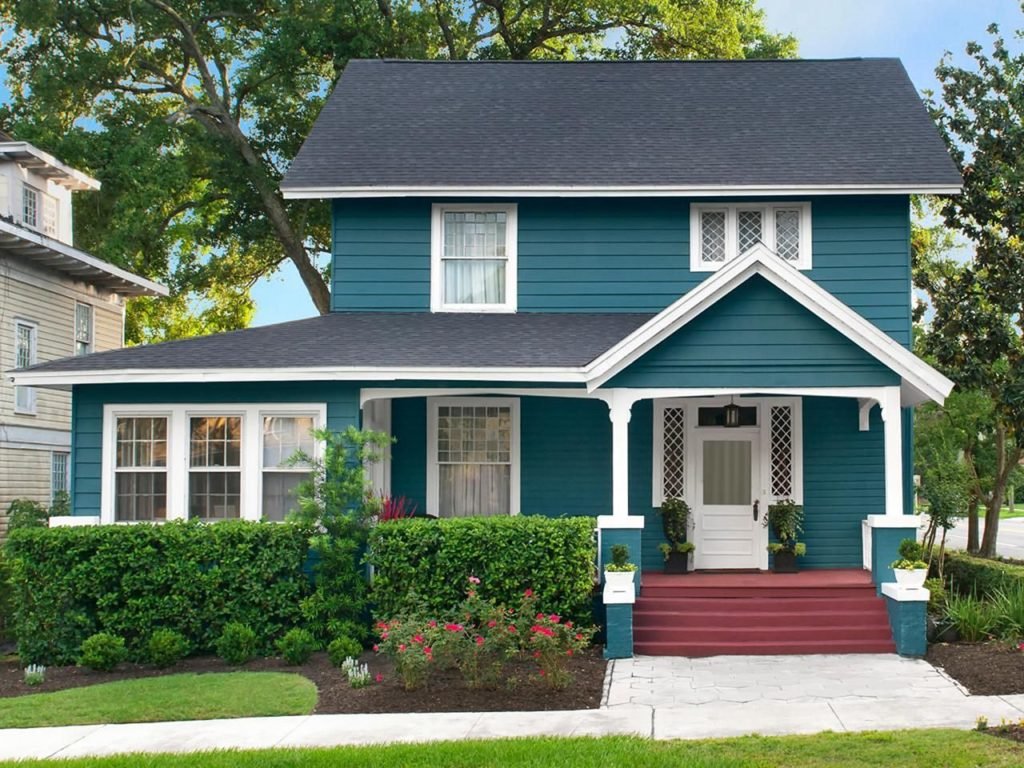Water mitigation
Water mitigation is the process of removing water from your home and restoring it to its pre-loss condition. This process may be necessary after a flood or storm has damaged your home. It involves three main steps: water cleanup, drying and disinfecting affected areas, and establishing security measures.
During water mitigation, the goal is to reduce the damage done to your property and minimize the restoration costs. Water mitigation specialists will use diagnostic tools to determine the dampness level in your home or building and set up powerful equipment to dry the area. These tools include sub-floor and wood floor drying systems, as well as high-speed fans. These devices will restore the right humidity levels to your building and help prevent rot, warping, and mold growth.
Although water mitigation and water damage restoration are different services, they can be used simultaneously or separately. Water mitigation is the first step in water damage restoration. It is often the best option for minimizing damage due to flooding. Water mitigation professionals also use the latest techniques and equipment to reduce water damage in your home.
Removing damaged items
After water mitigation, it’s important to remove any water-damaged items. Some items will have to be thrown out and replaced, and others can be cleaned and returned to service. The latter may require the services of a professional. While removing water-damaged items may seem like a simple task, it requires a proper preparation. For instance, certain materials may be hazardous, such as drywall and insulation. Also, if the drywall is wet or waterlogged, it will pose a risk to the health of occupants. Professionals who specialize in water mitigation can provide you with the appropriate knowledge and experience.
Restoring a property to pre-loss conditions
The initial step in restoring a property after a water loss is to contact a mitigation company. This company will complete the dry out and bill the insured for the work. Often, the bill is more than the insurance adjuster expected. This can happen for a variety of reasons, including the type of water, biocide usage, or improper equipment usage.
After the water mitigation is complete, restoring a property to its pre-loss condition can take weeks, even months. The process involves removing water, drying the property, and restoring any affected belongings. Water mitigation can be expensive, and it’s best to get professional assistance as soon as possible.
The cost of water mitigation depends on three factors: the type of water, the amount, and the time since the damage began. In addition to assessing the amount of damage, professionals also evaluate the salvageability of possessions. If the possessions can be salvaged, the cost of restoration is determined. There are three main categories of water damage: clean water, grey water, and black water. Clean water refers to moisture that’s from a sanitary source, such as rain or water supply lines. Grey water is considered more contaminated, and may come from dishwashers, aquariums, and toilet tanks. Blackwater, on the other hand, refers to sewage or seawater. It can also be caused by disasters, such as hurricanes.
Cost of each service
Water mitigation and water damage restoration services are priced according to the type and size of water damage. Class 1 water damage costs less than $1,000, while class 2 water damage costs between $450 and $650 per square foot. Class 3 water damage costs more than $1000 and involves severe structural damage and requires costly replacement of structural materials.
While water damage cleanup can be costly, a thorough water damage restoration can be essential for a healthy environment. If water remains in a home, it can lead to mold and other harmful materials, and can even pose a health risk to people. Ultimately, water damage restoration costs depend on the extent of damage, the amount of affected material, and the difficulty of cleaning it. Other costs will include labor rates and construction details.
Wall repair typically costs $275 to $2,200. This service is necessary when water comes in through the ceiling or from a pipe leak. This service is also necessary in finished basements, where wall damage can occur near the floor. The type of wall also affects the cost. Drywall repair is the most affordable and least expensive of the water mitigation and water damage restoration services.



